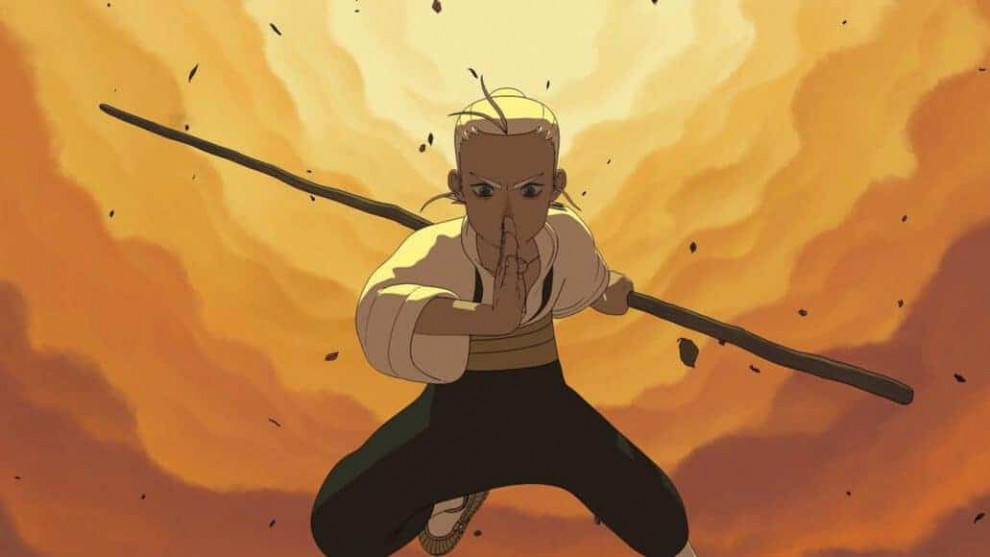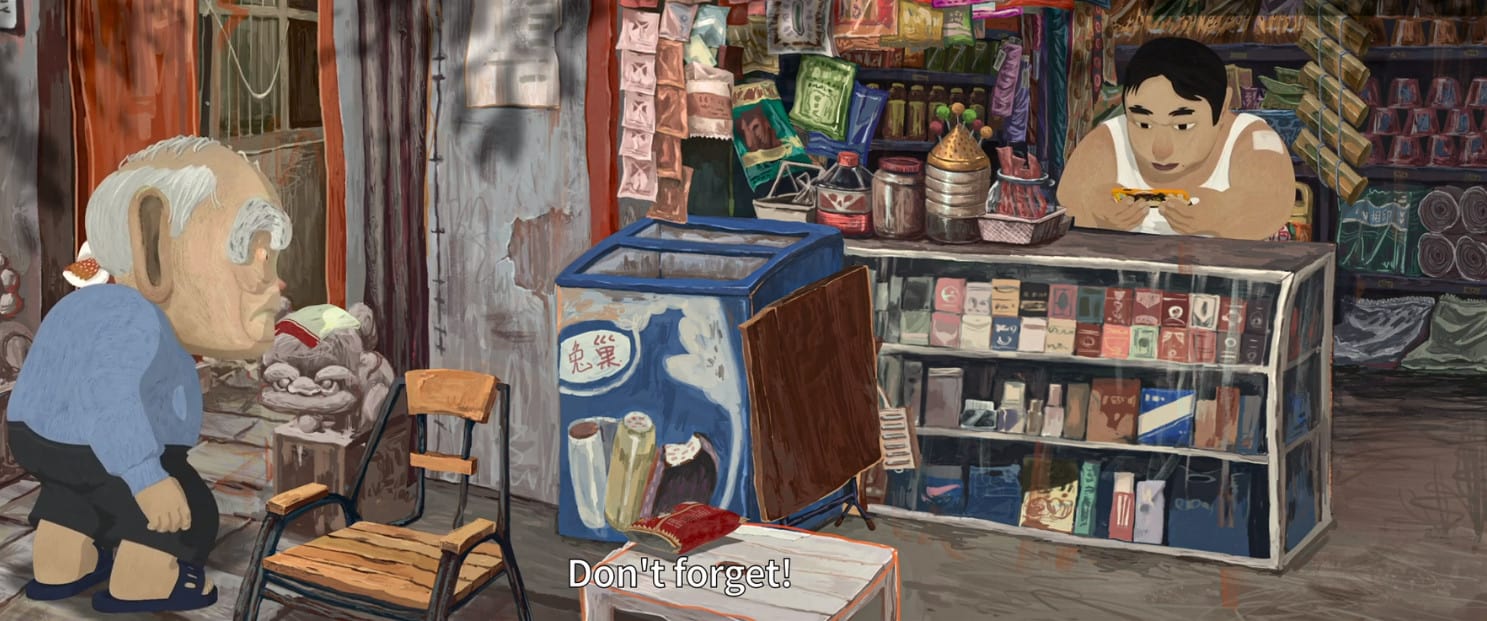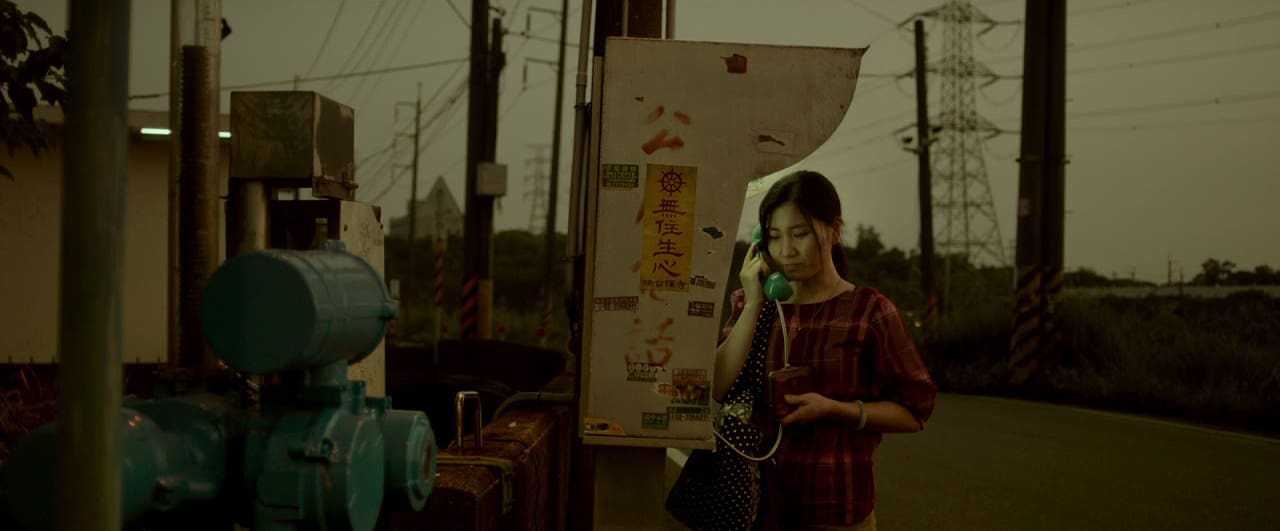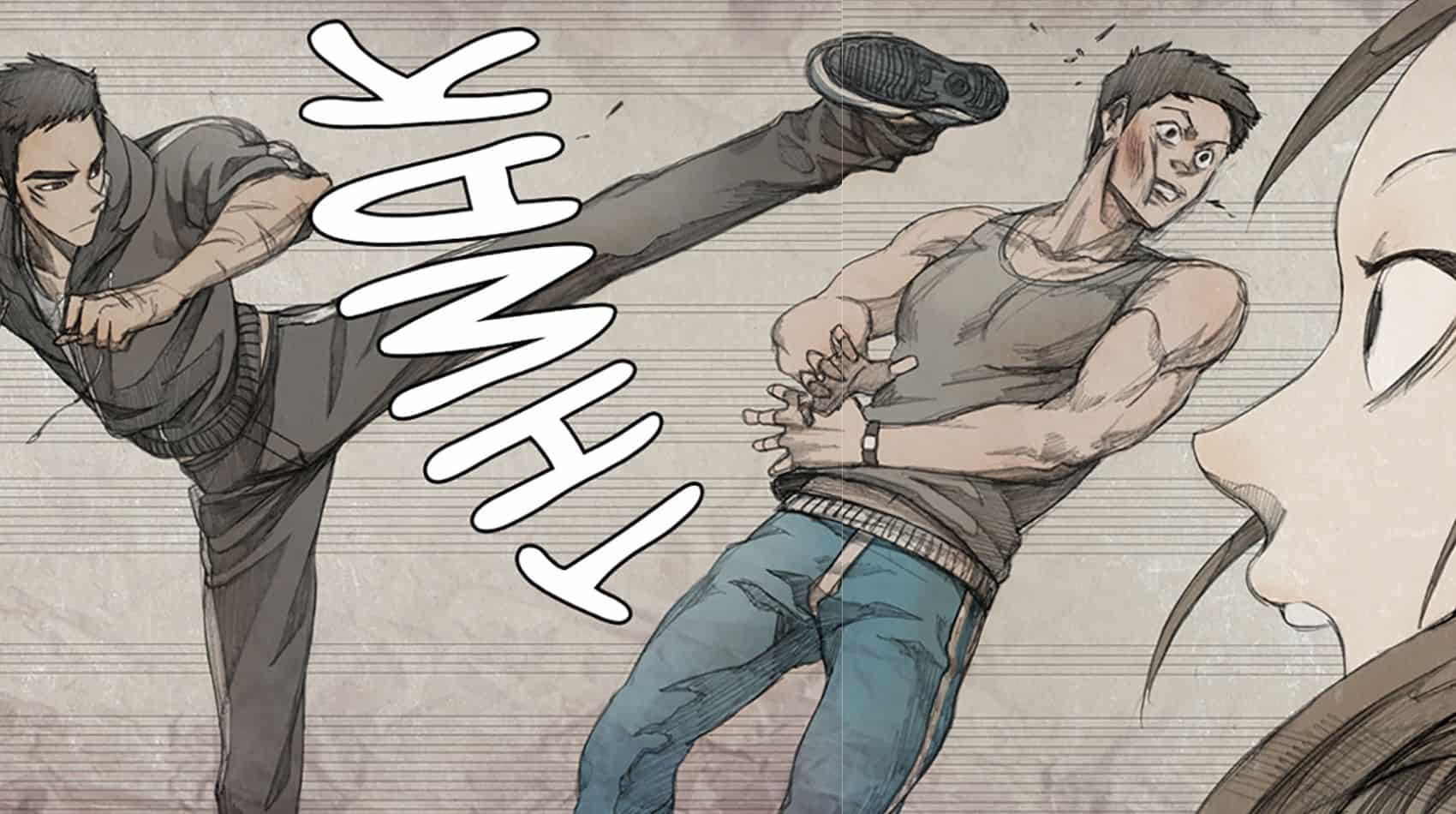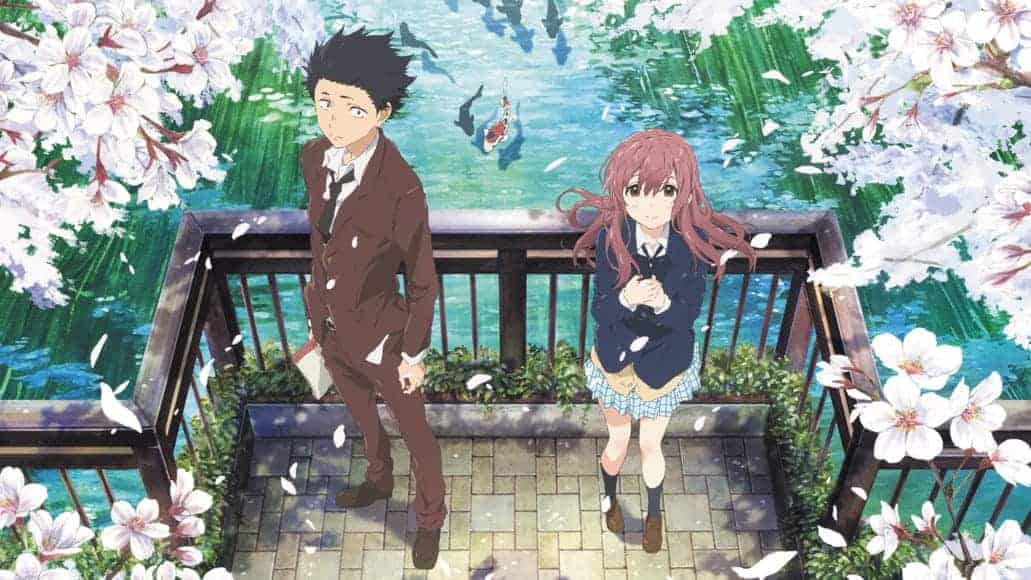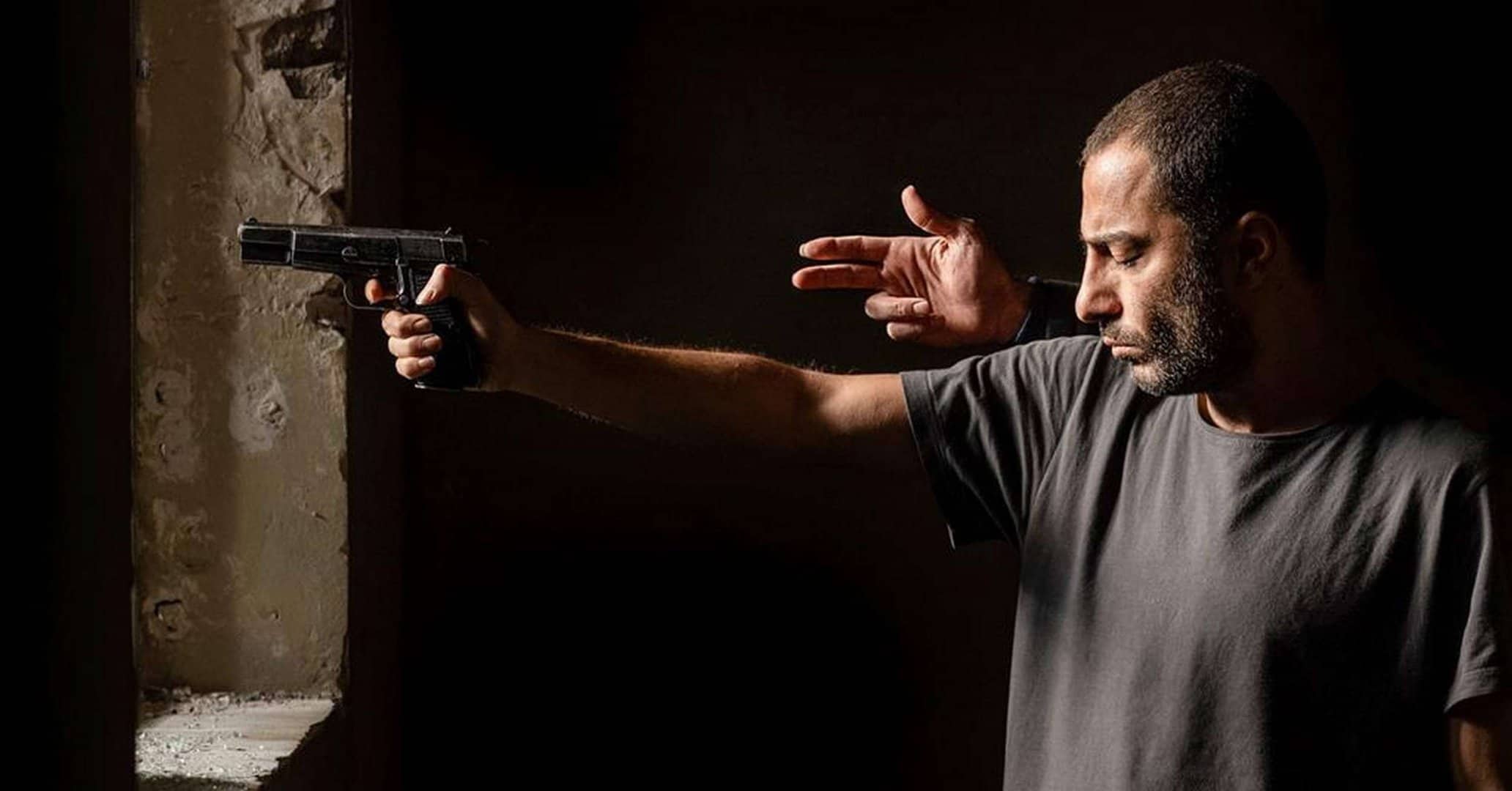Female infanticide is, even to this day, a very real issue plaguing orthodox or remote cultures around the world. Director Cao Runze takes this issue head-on in his animated short film “Spirit of the Drowning Girls”.
“Spirit of the Drowning Girls” is screening at Fantasia International Film Festival

In a desolate forest, a kung-fu warrior rests under a tree when the sound of children crying breaks his slumber. His trusted staff in his hand, he goes to investigate the source of the sound, which brings him across two scared little girls all alone hiding behind a tree stub. When the girls implore him to take them home, the noble Warrior readily agrees to do so and lifting them on his back, he starts on his journey to bring the two girls home. Little does the Warrior know that the journey he has embarked upon is dark and full of terrors and that the girls are not quite what they seem.
The film, written by director Cao Runze in collaboration with Jin Zewei, is based on a letter by the famous 11th-century Chinese writer and poet Su Dongpo to the Magistrate of a region in which he outlined his observations in the region where farmers raise no more than two sons and a daughter and any more female newborns were cruelly held underwater till they drowned.

The film is seeped in Buddhist and Taoist philosophy, turning the attention to the spirits of the dead girls, asking what their fault was apart from being born. It also questions the societal pressure that the parents might have felt while doing the heinous deed. All this, while the film is presented in the guise of a wuxia action movie, as the warrior tries to save the girls' souls from the clutches of the Keeper of the untimely deceased souls, who does her very best to make the warrior fail in his mission.
The animation by Beijing based Escape Velocity Animation Studio is, without hyperbole, simply stunning. The characters are wonderfully realised, particularly the Warrior and the girls. Though there's no dialogue in the film, there are a few instances of intertitles inserted, which are also nicely done. As in most films without dialogue, the music plays an essential part here and it doesn't disappoint. Befitting the wuxia genre, the music is mostly comprised of traditional Chinese instruments, including the Erfu, Pipa, the traditional Chinese bamboo flute Dizi, among others. The wuxia action choreography, for the animation medium, is pretty impressive.

Ultimately, “Spirit of the Drowning Girls” remains an interesting short with a heavy subject, backed by lovely visuals and a soothing soundtrack that stay with you a while after you've seen and heard it.


